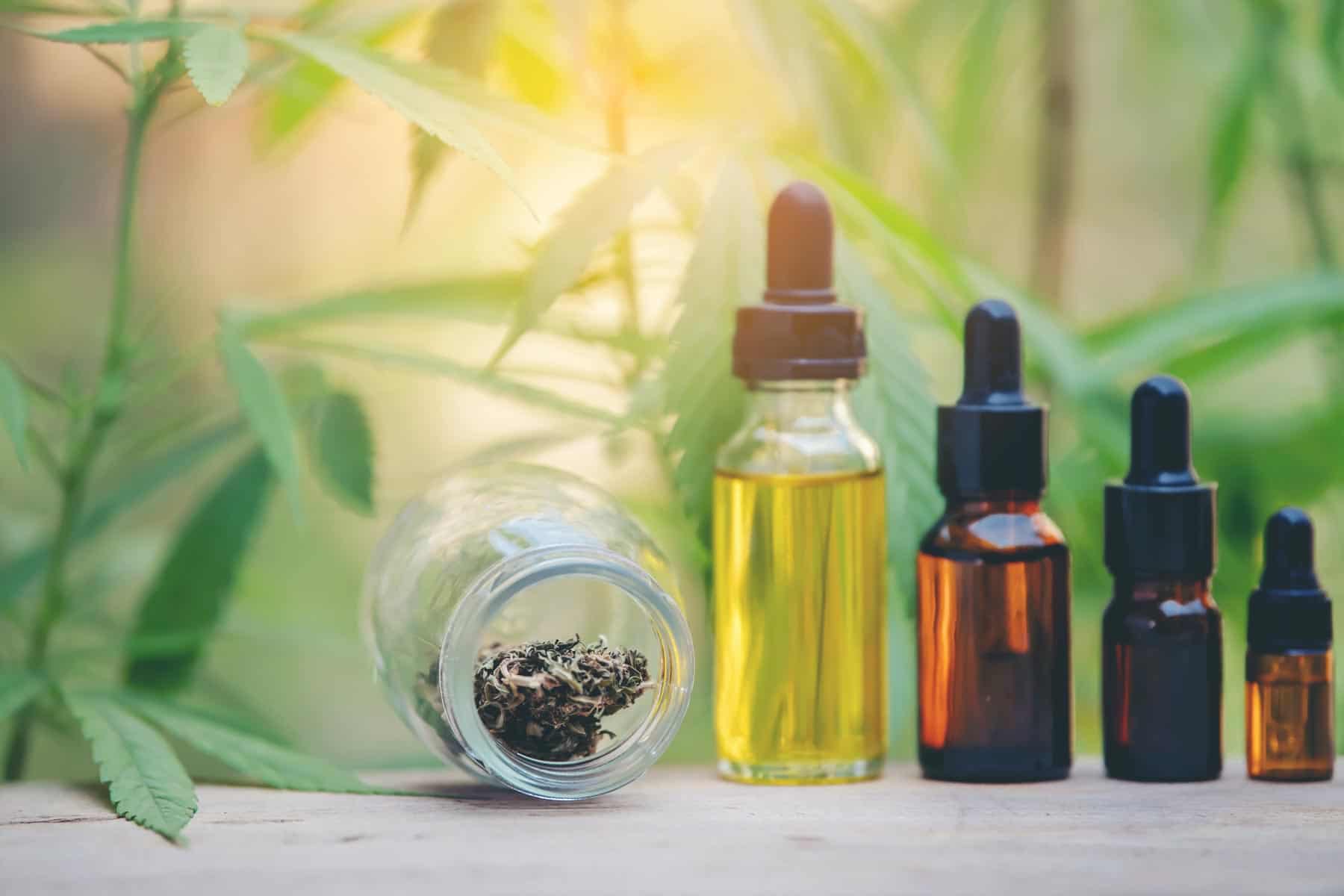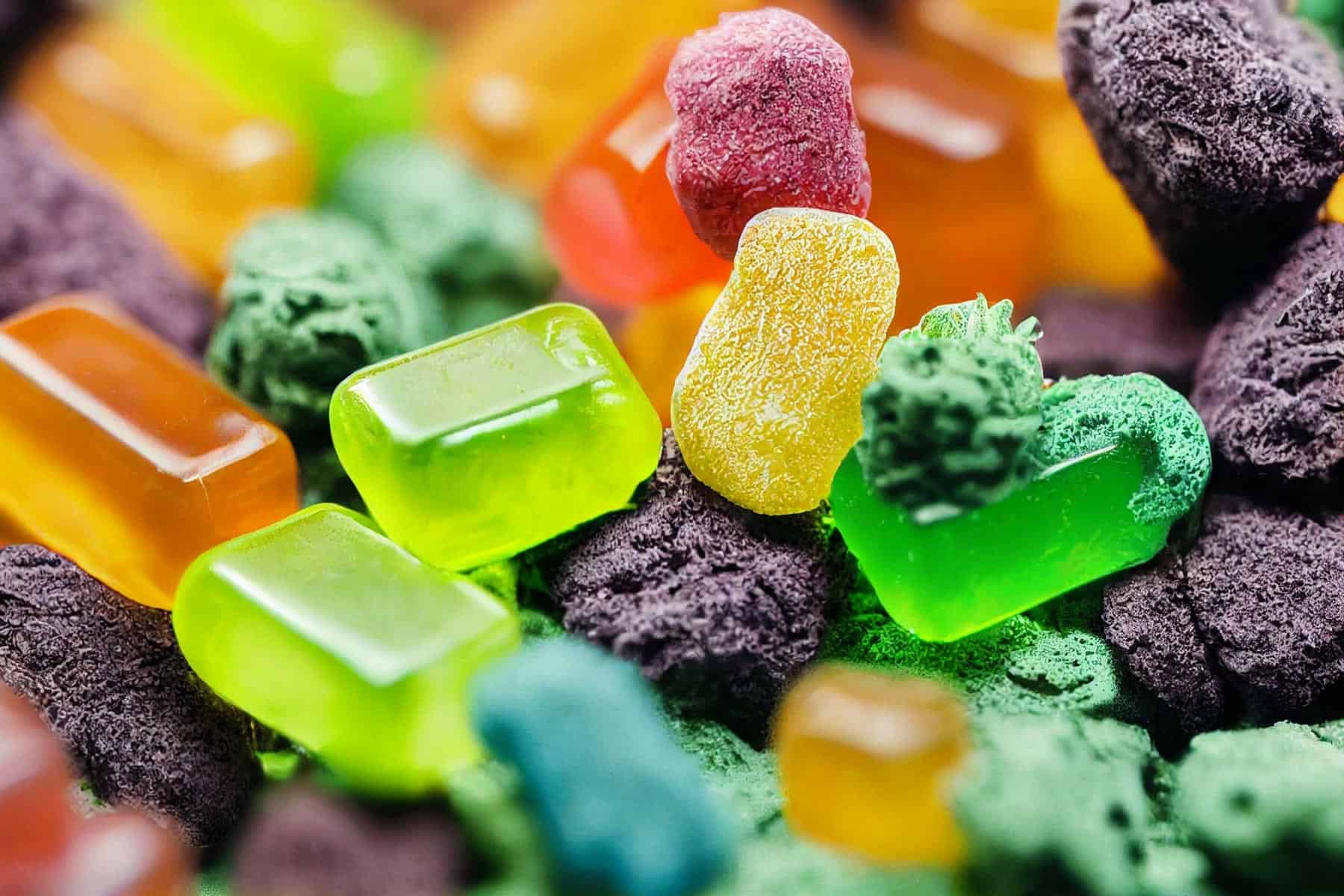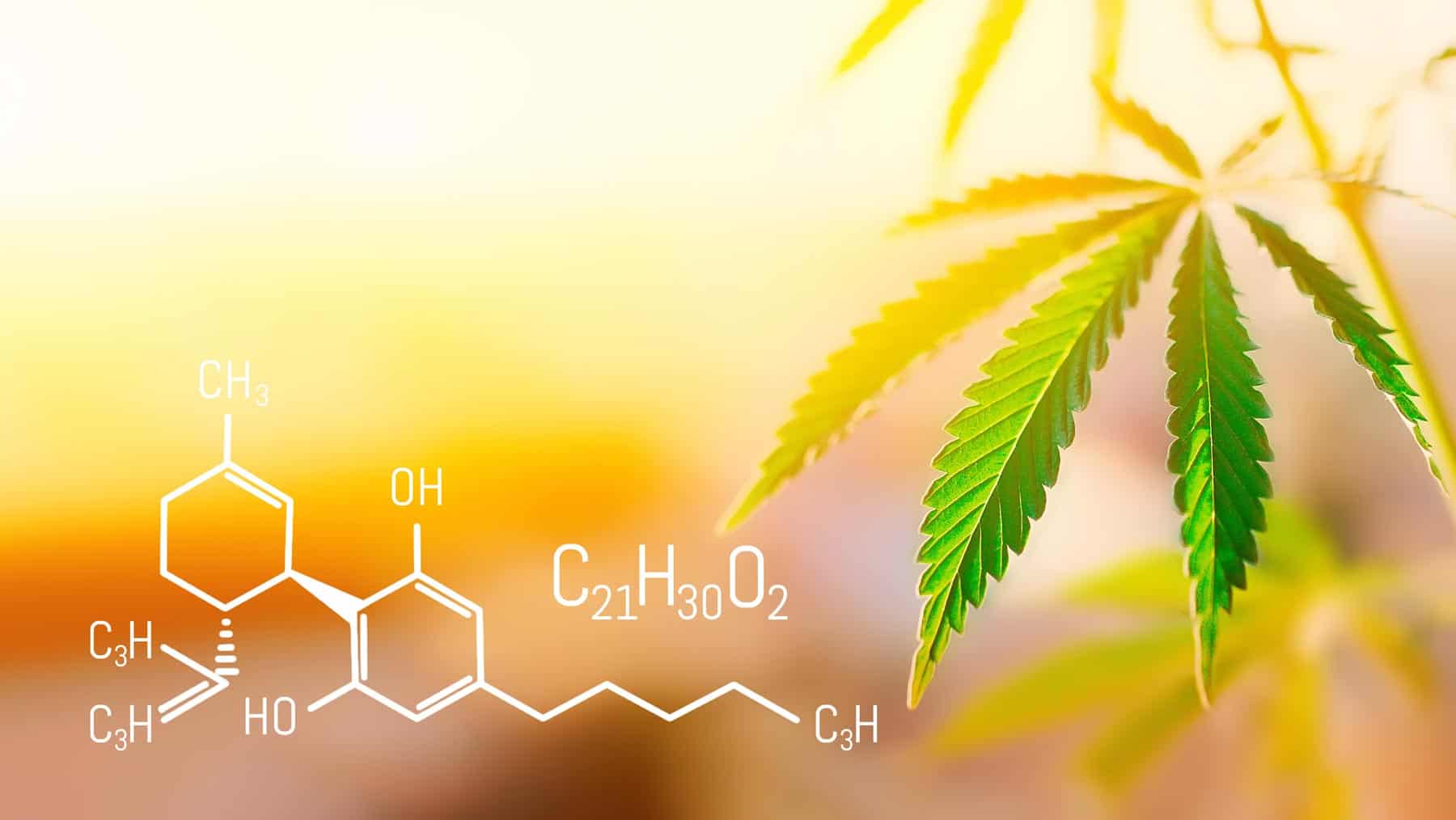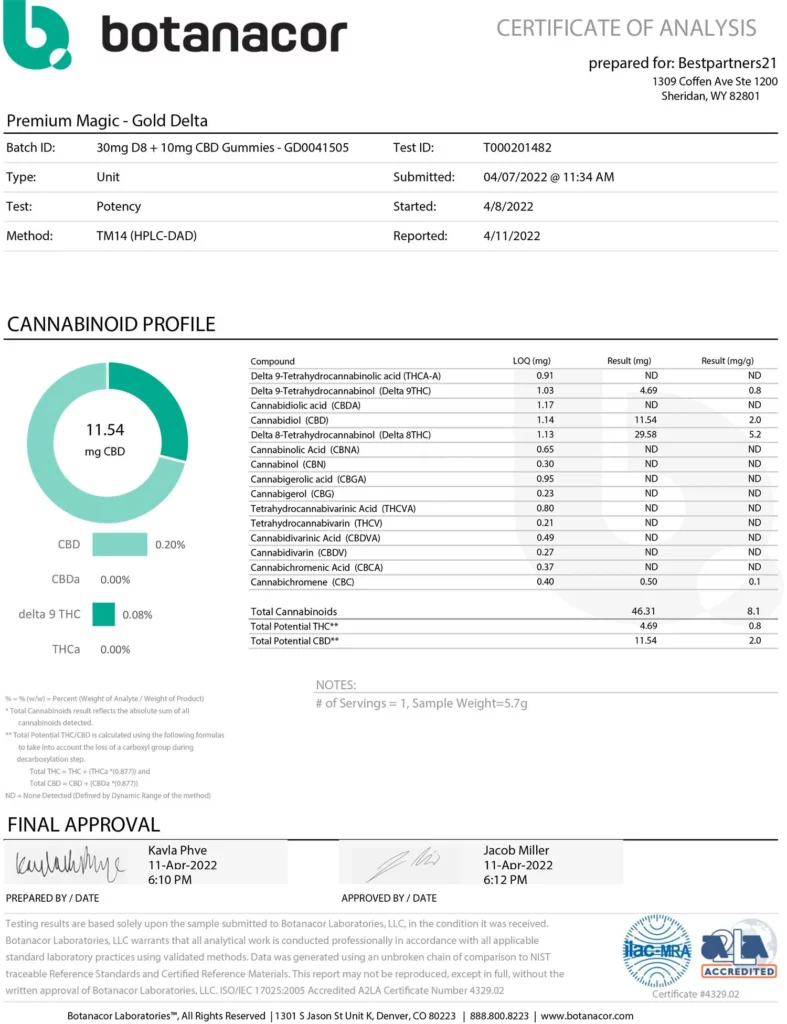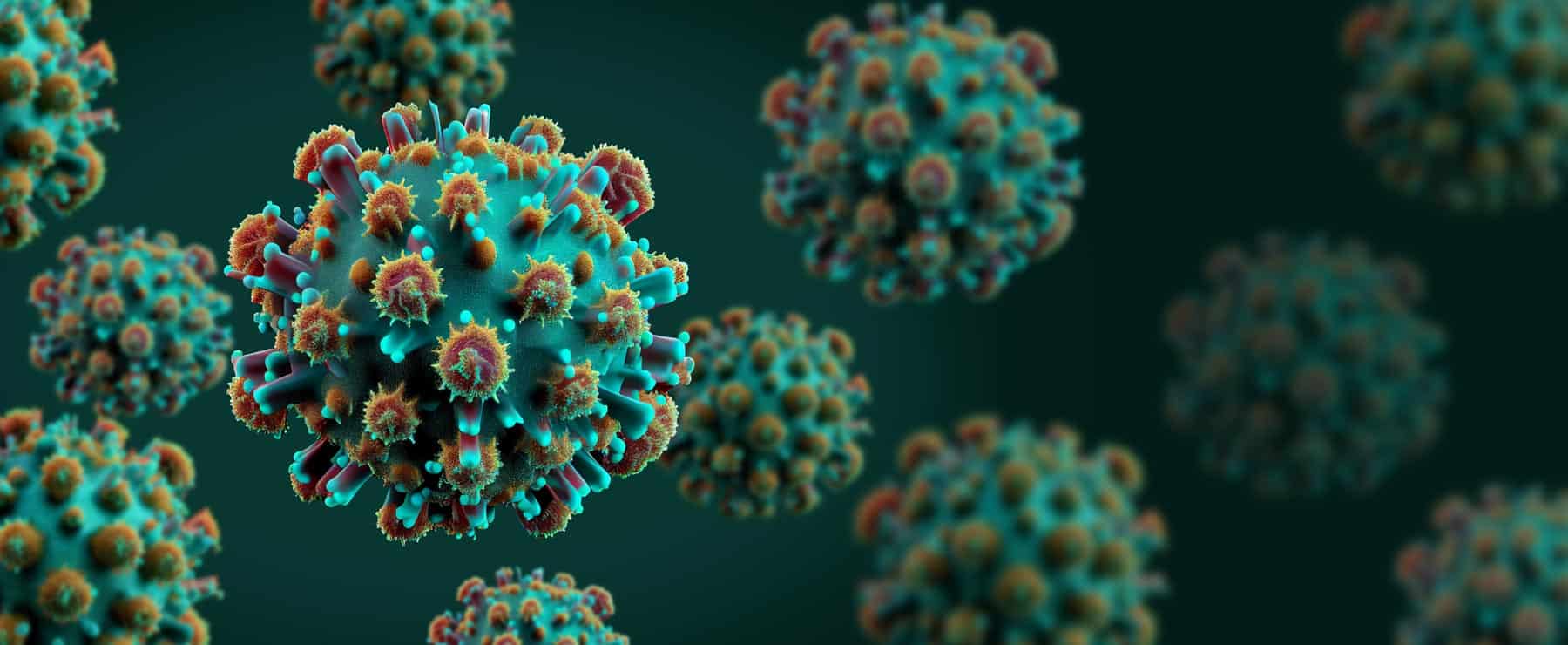
Breaking Down Cannabis: The Difference Between THC and CBD, and Other Cannabinoids

Welcome to our exploration of cannabis. You might have heard a lot about this plant. Maybe you’ve come across terms like THC and CBD. But what do they really mean? Let’s find out together.
Cannabis is a type of plant that people have used for thousands of years for various reasons. Some use it for medicine, some for recreation, and some for spiritual practices. Today, we’re going to focus on the stuff inside the plant that makes it special.
This special stuff is called cannabinoids. Think of them as tiny keys. They can unlock certain reactions in our bodies. There are over 100 different types of cannabinoids in cannabis, but we’re going to focus on the ones you might hear about most often: THC and CBD and a few others.
Why does this matter? Knowing the difference between these cannabinoids can help you understand what to expect from different types of cannabis. And that can help you make more informed decisions. So, let’s dive in and learn more about the wonderful world of cannabinoids.
What are Cannabinoids?
You’ve probably heard the term ‘cannabinoids’ thrown around a lot when people talk about cannabis. But what exactly are cannabinoids?
Simply put, cannabinoids are like the active ingredients in cannabis. They’re the parts of the plant that can have an effect on your body and mind. They’re like the caffeine in your morning coffee or the Vitamin C in your orange juice.
In the cannabis plant, there are over 100 of these cannabinoids. Each one can have a slightly different effect on your body. The most well-known cannabinoids are THC and CBD (cannabidiol), but there are many others.
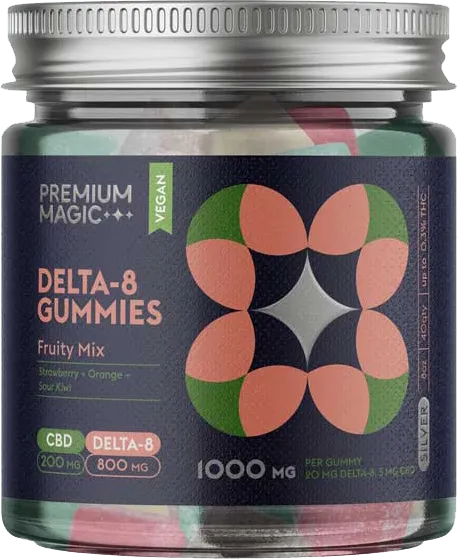
Silver Fruity Mix
Original price was: $68.99.$33.99Current price is: $33.99.
Or Subscribe and Save 30%
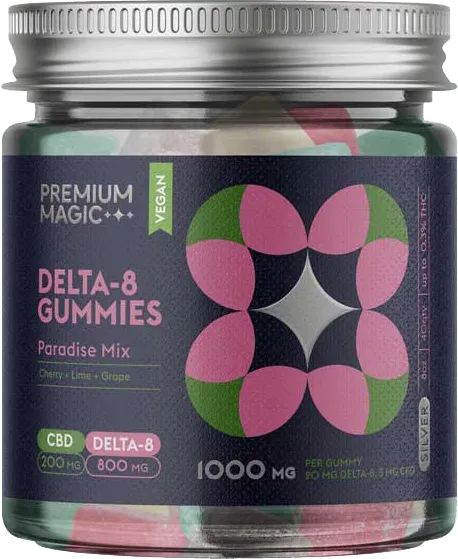
Silver Paradise Mix
Original price was: $68.99.$33.99Current price is: $33.99.
Or Subscribe and Save 30%
How Do Cannabinoids Interact With the Body?
Now that we know what cannabinoids are let’s talk about how they interact with our bodies.
Inside your body, you have something called the endocannabinoid system. This system is a network of receptors that can interact with cannabinoids. When you consume cannabis, these cannabinoids link up with the receptors, like a key fitting into a lock.
This interaction can trigger different responses in your body. Depending on the cannabinoid, it might help you feel relaxed, or it might give you a feeling of euphoria. Some cannabinoids can even help relieve pain or reduce inflammation.
But it’s important to remember that everyone’s body reacts a bit differently to cannabinoids. Some people might feel the effects more strongly than others. And not all cannabinoids are legal in all places, so it’s important to know what’s allowed where you live.
THC: Tetrahydrocannabinol
One of the most talked-about cannabinoids is THC or tetrahydrocannabinol. So, what is THC?
THC is the main psychoactive component in cannabis. Psychoactive means it can change how your brain works and how you think or feel. If you’ve ever heard of people feeling ‘high’ after using cannabis, that’s usually because of THC.
Effects of THC on the Body and Mind
When THC links up with receptors in your brain, it can have various effects. For some, it can cause feelings of relaxation and happiness. For others, it might lead to feelings of anxiety or paranoia. Some people also experience changes in their senses, like seeing brighter colors or hearing sounds more clearly.
Besides these mental effects, THC can also have physical effects. It might increase your appetite, which is why people sometimes get the ‘munchies’ after using cannabis. It can also cause dry mouth and red eyes. In some cases, THC can help with pain relief or reduce nausea, which is why it’s sometimes used for medical purposes.
Legal Status and Uses of THC and CBD
The legal status of THC and CBD varies widely around the world and even within different parts of the same country. In some places, it’s completely illegal. In others, it’s allowed for medical use. And in some areas, it’s even legal for recreational use. Always check the laws in your area before using cannabis with THC.
When it comes to uses, THC and CBD is often associated with recreational use because of its psychoactive effects. But it also has potential medical uses. Some people use it to help with conditions like chronic pain, nausea from chemotherapy, and certain types of sleep disorders. But, like all substances, THC and CBD should be used responsibly and under the guidance of a healthcare professional if used for medical purposes.
CBD: Cannabidiol
Let’s move on to another well-known cannabinoid: CBD, or cannabidiol. Unlike THC and CBD doesn’t get you high. But it still has many interesting effects on the body.
What is CBD?
CBD is another key ingredient found in cannabis. But unlike THC, it doesn’t cause a ‘high.’ This is because it interacts with different receptors in your brain. So you won’t feel the same kind of mental changes that THC can cause. But that doesn’t mean CBD doesn’t have its own benefits.
Effects of CBD on the Body and Mind
CBD can have many effects on the body and mind. Some people find that it helps them feel more relaxed without making them feel intoxicated or out of control. It’s like the calm you might feel from a soothing cup of herbal tea.
On a physical level, CBD has been studied for its potential to relieve pain and inflammation. This is why you might see CBD used in creams and lotions for muscle pain. It’s also been looked at for its potential to help with conditions like epilepsy, anxiety, and insomnia.
Legal Status and Uses of CBD
The legal status of CBD is a bit less complicated than that of THC. In many places, CBD is legal as long as it’s derived from hemp, a type of cannabis plant that contains very little THC. But laws can vary, so always check the rules in your area.
As for uses, CBD is often used in oils, creams, and other products for its potential therapeutic benefits. People might use it to help with a variety of issues, from muscle pain to anxiety. There’s also a lot of research going on to find out more about what CBD can do.
Other Important Cannabinoids
So far, we’ve covered THC and CBD. These are the cannabinoids that get the most attention. But they’re not the only ones. Let’s take a closer look at some other cannabinoids: CBG, CBN, and CBC. While they might not be as well-known, they’re still very interesting.
CBG: Cannabigerol
First up is CBG, or cannabigerol. This is a cannabinoid that’s often overshadowed by THC and CBD. But it’s starting to get more attention for its potential benefits.
CBG is sometimes called the ‘mother of all cannabinoids.’ That’s because other cannabinoids, including THC and CBD, start off as CBG before they change into their final form.
On its own, CBG might have some health benefits. For example, some research suggests that it might help with reducing inflammation, relieving pain, and even slowing the growth of some cancer cells. It’s also being studied for its potential effects on conditions like glaucoma.
CBN: Cannabinol
Next up is CBN, or cannabinol. This cannabinoid is a bit different from the others because it forms when THC breaks down. That means you’ll usually find it in older cannabis, where the THC and CBD has had time to degrade.
CBN has been studied for its potential to help with sleep. In fact, it’s sometimes called the ‘sleepy’ cannabinoid because of these effects. Some research also suggests that it might have anti-inflammatory effects and could potentially help with pain relief.
CBC: Cannabichromene
Last but certainly not least, is CBC, or cannabichromene. Like the other cannabinoids we’ve mentioned, CBC might have some potential health benefits.
Research suggests that CBC might have anti-inflammatory and anti-depressant effects. It might also help with pain relief. And interestingly, CBC doesn’t seem to bind with the same receptors as THC and CBD. Instead, it interacts with other parts of the endocannabinoid system, which could make it useful in different ways.
A World of Cannabinoids
So there you have it: a brief introduction to CBG, CBN, and CBC. While they might not be as famous as THC and CBD, these cannabinoids are still an important part of what makes cannabis such a unique plant. And researchers are just beginning to uncover their potential benefits. Who knows what we’ll discover next in the fascinating world of cannabinoids?
Comparing THC and CBD and Other Cannabinoids
Now that we’ve learned a bit about THC and CBD, CBG, CBN, and CBC, let’s see how they compare.
Each of these cannabinoids has different effects. THC and CBD is known for its ‘high’, while CBD can help with relaxation and pain without the high. CBG, CBN, and CBC also have unique benefits, from potential anti-inflammatory effects to possible help with sleep.
But what they all have in common is their interaction with our endocannabinoid system. They each fit into different ‘locks’ in our body, triggering different responses.
The Entourage Effect: When Cannabinoids Work Together
One of the most fascinating things about cannabinoids is that they can work together. This is known as the ‘entourage effect’.
When you consume a variety of cannabinoids at once, they can interact with each other. They can even enhance each other’s effects. For example, some studies suggest that CBD might help reduce the anxiety that can come from THC and CBD.
In a nutshell, while each cannabinoid has its own unique properties, they can work together to create a more nuanced effect. This is one of the many reasons why the world of cannabis is so fascinating, and why there’s still so much more to learn!
Wrapping up
In our journey, we’ve uncovered THC’s role in creating the ‘high,’ while CBD offers relaxation without that feeling. Lesser-known cannabinoids, like CBG, CBN, and CBC, have their unique potential benefits too.
These cannabinoids interact differently with our bodies, and when working together, they enhance each other’s effects. This understanding is crucial as it guides our decisions around cannabis use.
As we continue to explore this fascinating world of cannabis, we realize there’s so much more to learn and discover.


